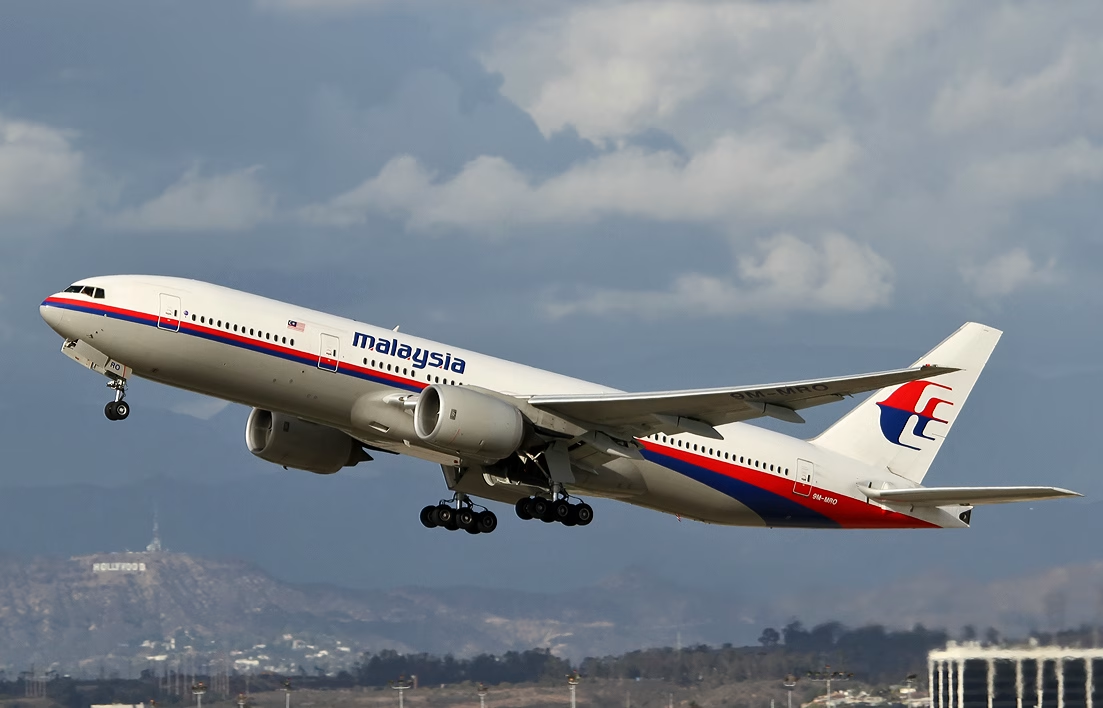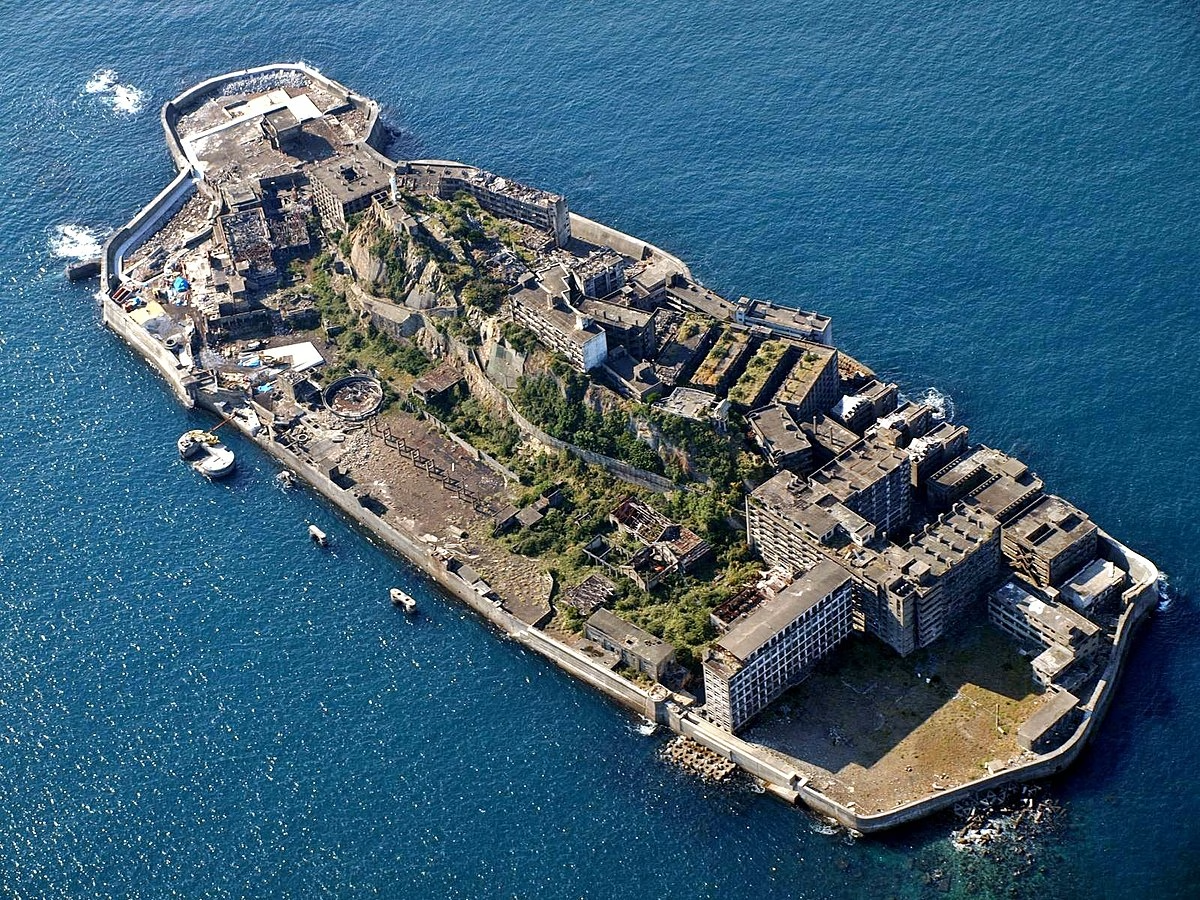It has been more than a decade since Malaysia Airlines Flight MH370 disappeared without a trace on March 8, 2014. The Boeing 777, carrying 239 passengers and crew, vanished en route from Kuala Lumpur to Beijing, leaving behind one of the most baffling mysteries in aviation history. Despite extensive searches and countless theories, the main wreckage has never been found.
Now, in 2025, the world is watching with renewed hope as the search for MH370 resumes. Backed by cutting-edge technology, private funding, and international collaboration, the question remains: Can we finally find MH370 in 2025?
A Brief Recap: What Happened to MH370?
MH370 departed Kuala Lumpur at 12:41 a.m. and was expected to arrive in Beijing six hours later. But within an hour, it mysteriously deviated from its planned course. The aircraft’s transponder was turned off, and military radar showed it making a sharp turn westward across the Malaysian Peninsula before heading south into the remote Indian Ocean.
No distress signal was sent. No confirmed wreckage was found in the initial months. The last known “handshake” with an Inmarsat satellite placed it somewhere along the southern arc of the Indian Ocean, an area vast and poorly mapped.
The Initial Search: The Most Expensive in Aviation History
The original search effort covered over 120,000 square kilometers of the ocean floor between 2014 and 2017, led by Australia, Malaysia, and China. Despite extensive underwater mapping and analysis, the search was suspended in January 2017, as it had failed to locate the aircraft.
In 2018, a US-based company, Ocean Infinity, conducted a privately funded search using advanced autonomous underwater vehicles. Although they found some new seafloor data, they were unable to locate MH370. The hunt was once again paused, and for several years, MH370 became a haunting cold case.
What’s Different in 2025?
In early 2025, Malaysia officially greenlit a new search initiative after Ocean Infinity proposed a fresh mission using dramatically improved subsea technology, promising a “no find, no fee” model. This means the company will only be paid if it successfully locates the wreckage.
So, what makes this renewed search different?
Ocean Infinity now utilizes a fleet of uncrewed, AI-powered underwater drones capable of mapping the ocean floor more deeply, quickly, and accurately. These “Infinity-class” vessels can operate around the clock and cover large areas more efficiently than earlier equipment.
New data and analysis from independent researchers have helped narrow down the probable crash site. Experts now believe that MH370’s final descent may have occurred in a more concentrated section of the southern Indian Ocean, based on updated satellite data, drift modeling, and ocean current simulations.
The upcoming search has received widespread international backing from countries like Australia, the US, and France, as well as aviation organizations and families of the victims. The tragic incident remains a global concern, with growing political will to bring closure.
Why Finding MH370 Still Matters
For some, MH370 is a cold case. For others, it’s a burning wound that has never healed. But solving the mystery of MH370 is about more than just closure:
Aviation Safety: Understanding what went wrong could help prevent future tragedies.
Accountability: Were there systemic failures? Did someone intentionally reroute the aircraft?
Truth for Families: Over 10 years later, families of the 239 onboard still live in uncertainty, unable to properly grieve or find peace.
Theories Still Circulate, But Facts Are Scarce
Over the years, the void of evidence has given rise to countless theories, ranging from pilot suicide and hijacking to military shootdowns and even alien abductions. However, most experts agree that the aircraft likely ended its journey in the southern Indian Ocean, far from civilization and radar.
Some pieces of wreckage—like a flaperon found on Réunion Island in 2015 and debris in Madagascar, Tanzania, and Mozambique—have been confirmed as parts of MH370. These items provided vital clues but no definitive answers.
Can We Find It in 2025?
While there’s no guarantee, the chances in 2025 are better than ever before. Here’s why:
Autonomous drones can now dive deeper, last longer, and scan more thoroughly. High-resolution sonar and AI-assisted navigation are redefining deep-sea exploration.
Years of modeling have ruled out much of the vast ocean zone. Oceanographers now believe that MH370 may have ended up near a specific underwater ridge off the coast of Western Australia.
The financial model incentivizes results. Ocean Infinity will only be paid if they find the wreckage, making this mission not just scientific, but highly motivated.
Families Still Hope, But Time Is Running Out
For the families of those lost aboard MH370, the resumption of the search in 2025 is both a relief and a source of renewed pain. Many have aged, some have passed away, and yet they continue to fight for answers.
One family member recently said in an interview, “Every year we hope. Every year, we fear it’s the last chance. We need the world to care again.”
What Happens If We Do Find It?
If the wreckage is finally located:
Black Boxes: The top priority will be recovering the flight data and cockpit voice recorders, which could still be intact.
Forensic Investigation: The debris and structural damage can provide clues into the aircraft’s final moments.
Policy Changes: The findings could lead to new aviation regulations for tracking aircraft in real-time, even over oceans.
Final Thoughts: The World’s Last Great Aviation Mystery
MH370 has become a symbol of technological failure, bureaucratic missteps, and unanswered grief. In 2025, with new eyes and new tools, the world will have a renewed chance to close the chapter on one of aviation’s darkest mysteries.
Can we find MH370 this year? No one can say for sure.
But we must keep searching—not just for the wreckage, but for the truth, and the dignity of every soul aboard.




